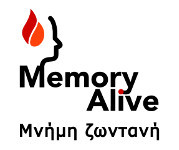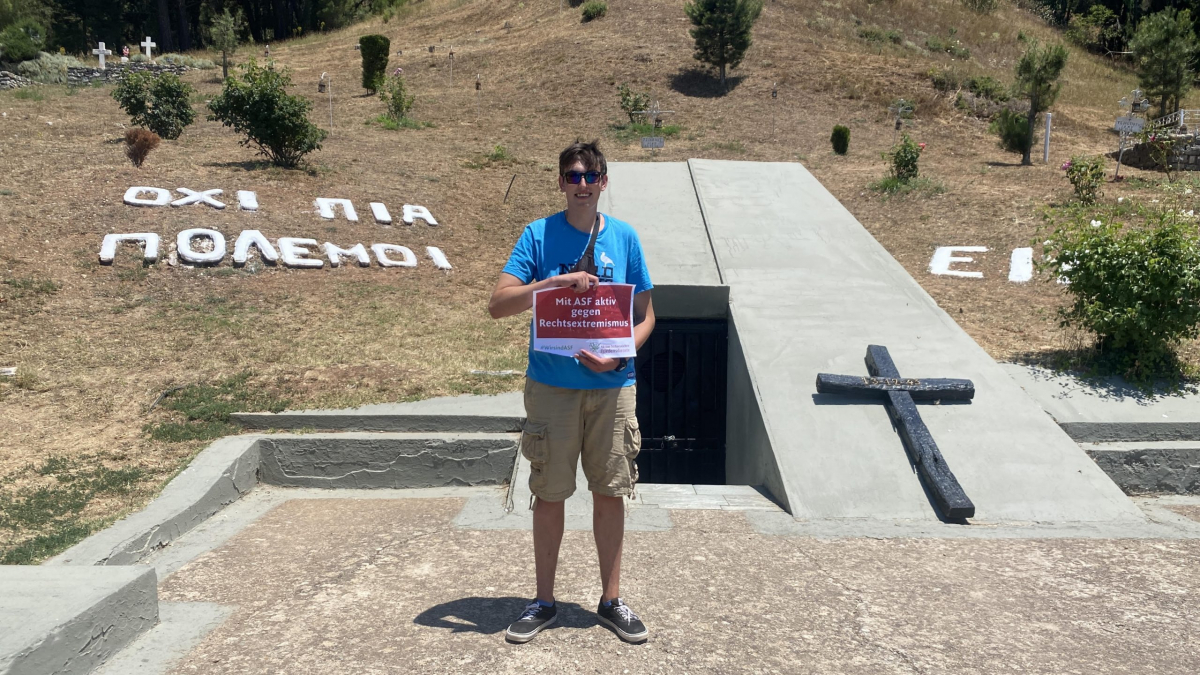The small town Kalavryta is located 30 kilometers from the northern coast of the Peloponnese in a mountainous region characterized by tourism. This area is known for many ski slopes and beautiful hiking paths.
Kalavryta is one of the recognized martyr communities of Greece. In mid-October 1943, the Greek Ressistance succeeded in capturing a reconnaissance force of the 117th Hunter Division of the German Wehrmacht near Kalavryta. As an “atonement measure” almost all kalavritan men and boys over the age of 12 were shot. The houses of the town were robbed and set on fire. More than twenty surrounding villages were destroyed as well. In the course of the “Unternehmen Kalavryta” almost 700 civilians were murdered.
Today, a memorial on the outskirt of Kalavryta commemorates the massacre. In the center of town there is the “Municipal Museum of Kalavritan Holocaust” since the year 2005. The museum has been housed in a former school where women, children and elderly people were imprisoned during the massacre of the male population in 1943. It documents the history of crime with photographs, film and literature. Many information are also available in German.
The Orthodox Church runs a nursing and senior citizens’ home. Residents are also descendants of the victims of the massacre and many elderly people from the region who don’t have families or whose families don’t have the possibility to accompany them at home.
Activities for volunteers:
Visitor service, reception, guided tours in the museum
Archive and library work, translation
Assistance in the preparation of the exhibitions and events
Probably one day a week: assistance and visitation services for the elderly people at the Kallimanopouleio nursing and senior citizens’ home
Requirements:
The memories of the massacre and the demands for reparations from Germany are very present nowadays and also controversially discussed in the community. The mayor of Kalavryta has also been Chairman of the Association of Greek Martyrs’ Communities for many years. Some people are still skeptical to work about working with Germans. But the museum and the senior citizens’ home, on the other hand, show great interest in working together.
The volunteer needs to be respectful, sensitive and reserved to the breaks and lines of conflict in the community. They should endure any aversions without taking them personally.
We are looking for a communicative, historically-politically interested person to work in the museum. A large part of the wok is office work ( with computers, scanners etc.). Volunteers can be used to accompany visitors an groups – this requires people who like to speak in front of groups. For the visiting services in the senior citizens’ home it is essential to be patient and to have the ability to listen to the life experiences of elderly people.
Report from the ASF Volunteer Jonathan Drewes in Kalavryta (1.9.22-31.8.23)
Arriving in Kalavryta
“I hope this is the right train. I better get off again. Am I going in the right direction?” were my thoughts as I sat on the train in Kiato and I was to begin my journey to Kalávryta, my project location for the next year. But after 15 minutes of waiting, the time had come and the train started moving. The scenic ride (mountainous landscape on the left and the Mediterranean Sea on the right) was very beautiful and took away some of my nervousness. Arriving in Diakopto, Dimos, a colleague from the museum, picked me up. On the way to Kalavryta we drove through the mountains and canyons while it was already getting dark. After some quick grocery shopping for the necessities I entered my apartment for the first time.
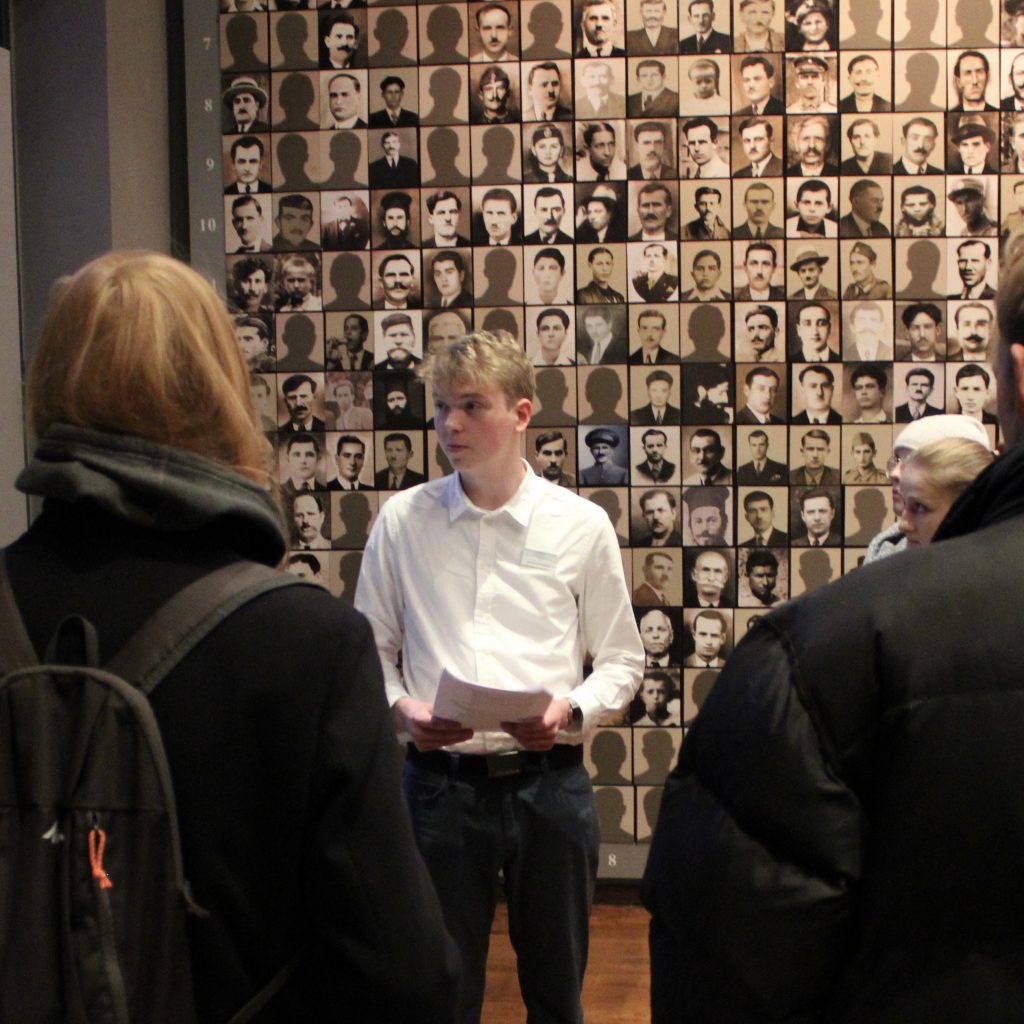
First working day
The next day Dimos picked me up from home and we drove to the museum. Here I met the other three staff members and got a detailed tour of the museum. I was also shown what the daily routine tasks are, some of which I will also take on, such as reading and entering temperatures and humidity in the rooms or turning the TVs in the exhibition on in the morning and off in the evening.
Daily life and my job at the museum
I’m getting more comfortable with taking care of everything on my own (cooking EVERY DAY is more challenging than I thought, though!). Plus, I quickly realized how lucky I am with my balcony, which gives me a really good view of the city and mountains. It’s very chilly here in the morning, but as the day goes on, it gets warmer and comfortable (much to my confusion about what to wear). The colleagues at the museum are very kind and helpful and I feel well taken care of there. Currently, at work, I’m still studying literature about Kalávryta’s history, especially that during the German occupation with the books in the museum library, taking notes on it, and will give my first guided tour in English next Tuesday.
Time in Patra and setting up the traveling exhibition
Also, two weeks ago I was in Patra for four days setting up the traveling exhibition “Kalavryta: a city through history before and after the holocaust” at the Achaia Clauss winery together with Savvas from the museum and his father. The center of the exhibition are photos, mainly from the 20th century, which, along with accompanying texts in Greek and English tell about the eventful history of Kalávryta. Here the focus lies on the massacre that the German soldiers committed on the 13th of December 1943 in Kalávryta against the civilian population. For the four days we stayed with Savvas’ parents, where I was very hospitably received and ate a lot of good food. I enjoyed the time in Patras a lot and I am very happy that I had the opportunity to get to know Patras.
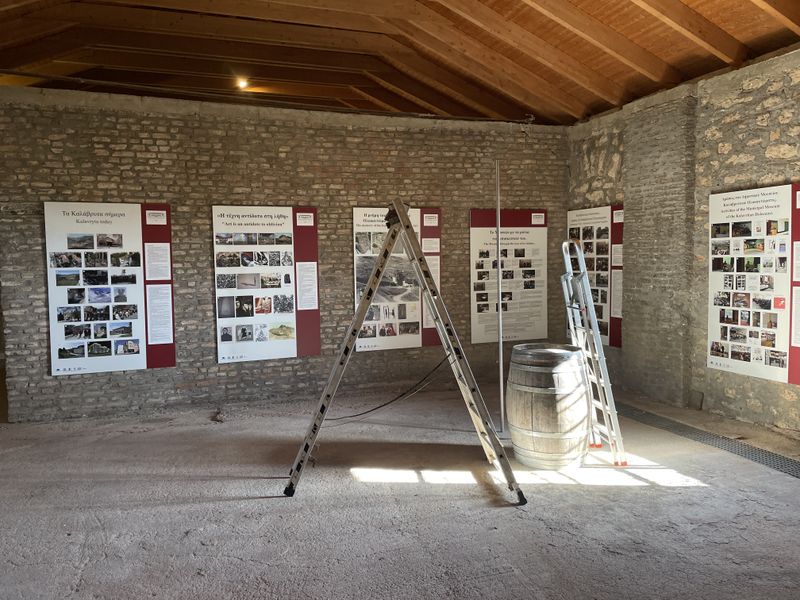
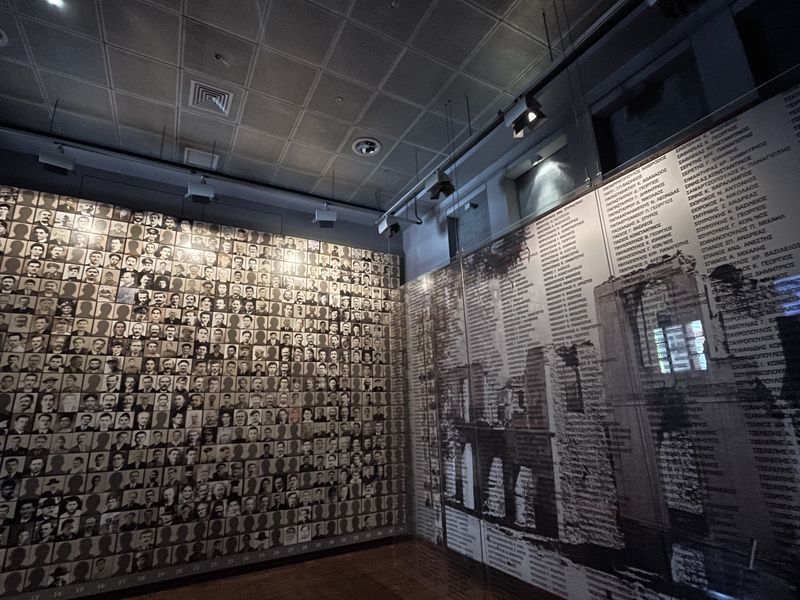
Report by the first ASF volunteer Paul who is working in Kalavryta (1.09.21-31.08.22)
“After my arrival, I was slowly introduced to the theme of the museum and had to do simple tasks such as putting up posters, small translations and everyday work in the museum. Gradually, I became more involved in the work. After a short time I was able to prove my knowledge of the local history and gave my first guided tour for a group of German educational travelers.
But also inter personally, I had very good experiences and was welcomed by everyone with open arms and a lot of helpfulness. I get along very well with my colleagues and we also do leisure activities together, such as trips to the seaside, or to Patras, the nearest city, as well as evenings in the local bars or eating together.”
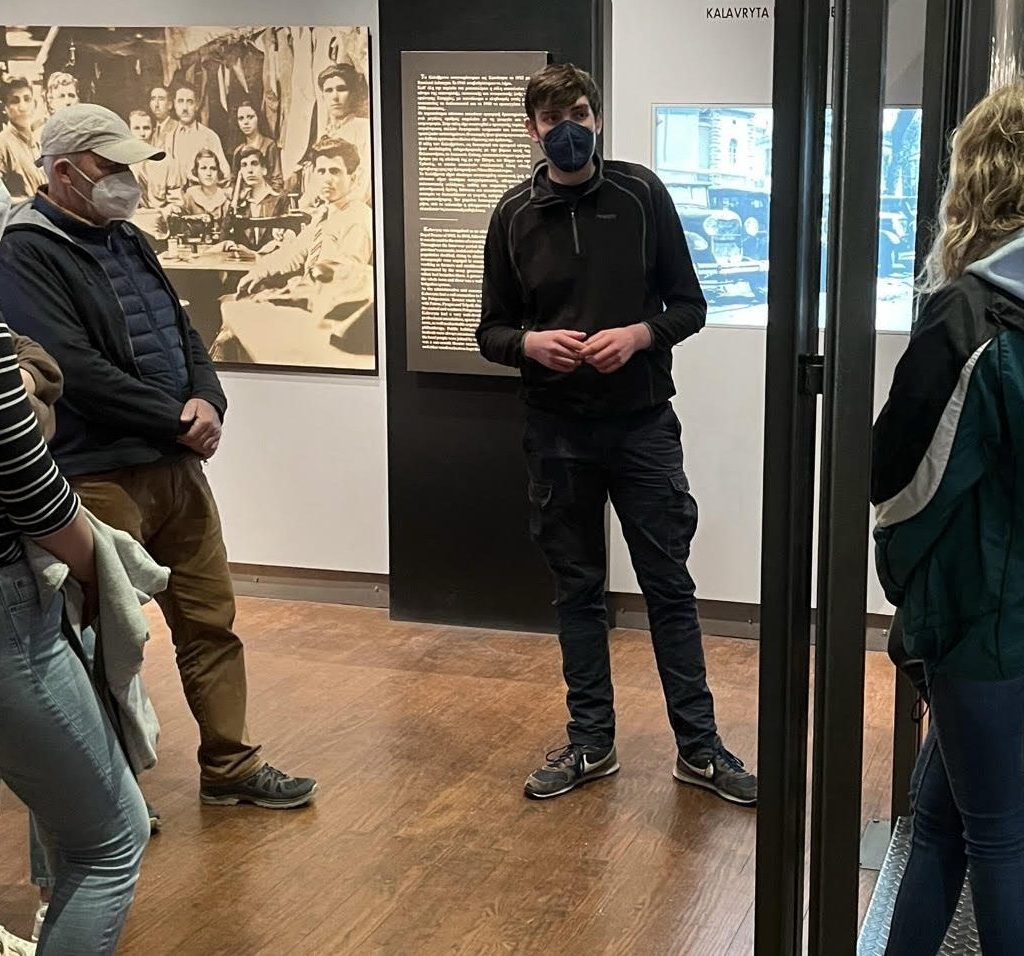
In cooperation with:

